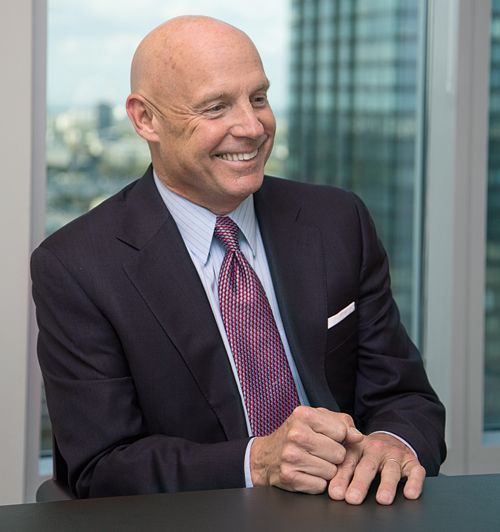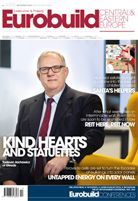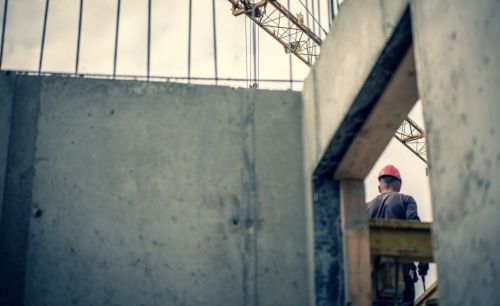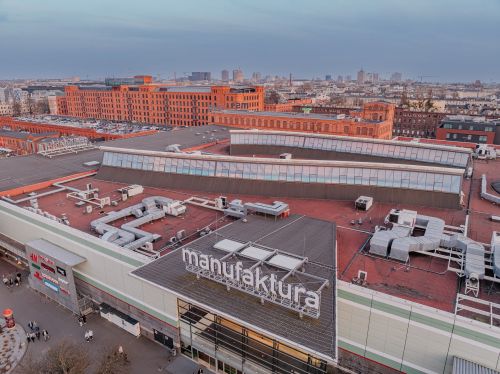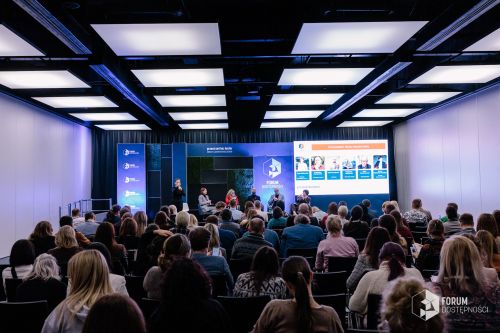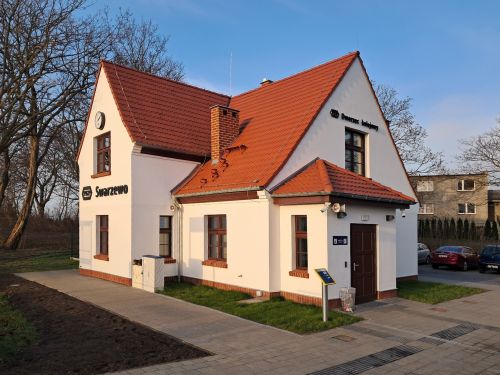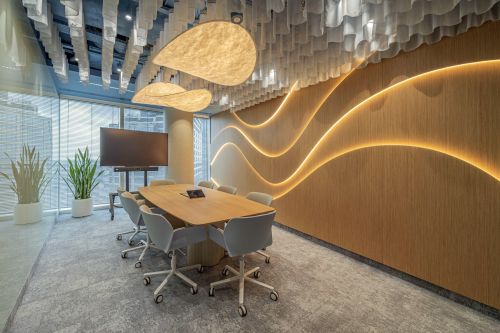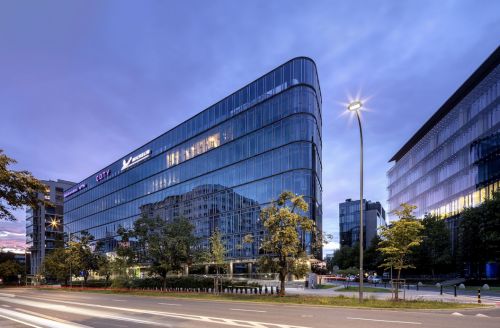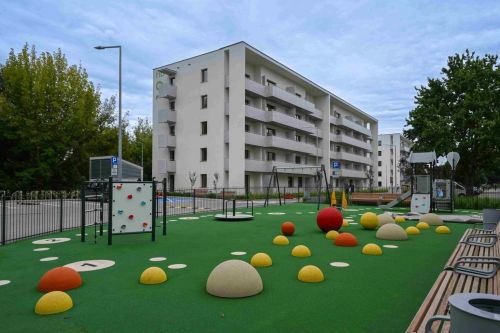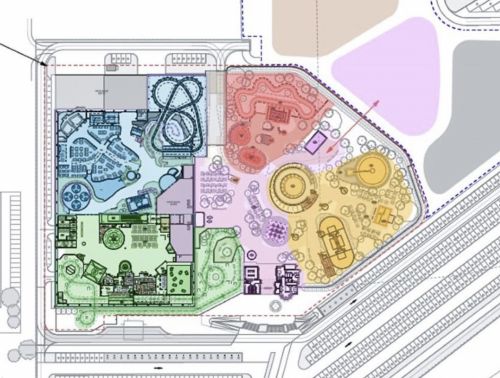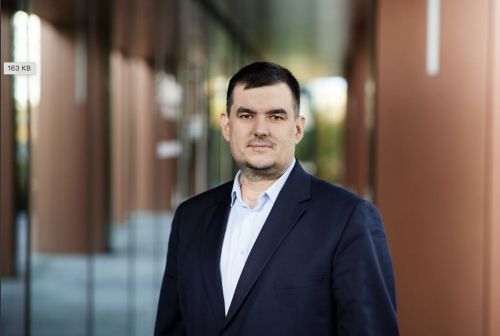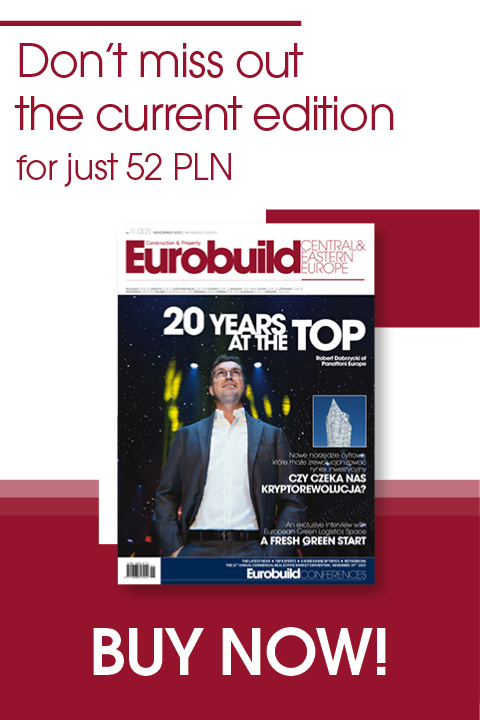Jim Underhill, CEO, Cresa: After 30 years in the business, I genuinely think that this is certainly the most interesting period I can remember. And as you go through different segments of the marketplace, they are all in transformational phases right now. The office market has clearly gone from being purely about traditional offices – heavy on closed offices, where most companies were looking for a location that gave them a visible sign on the building and a good rental rate – to a stage where it’s all about their people. It’s now about having a location where people can be recruited and retained – in space where productivity is so much higher. Seven to ten years ago that was not the discussion. What we are now seeing everywhere across the world is that buildings that are not that old have become functionally obsolete, because they don’t have enough windows and daylight for the type of floor plan that is now required. Selecting the right space now in
